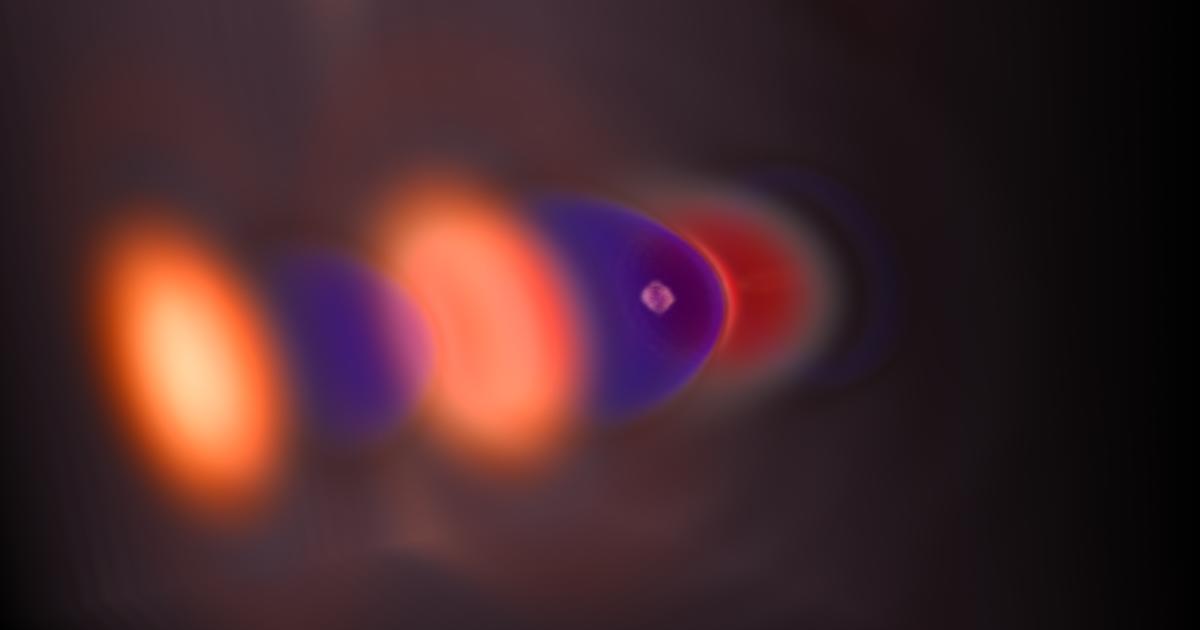New Trends in Laser Wake Field Acceleration and Related Secondary Particles Generation
A special issue of Applied Sciences (ISSN 2076-3417). This special issue belongs to the section "Applied Physics General".
Deadline for manuscript submissions: closed (30 June 2024) | Viewed by 447

Special Issue Editors
Interests: laser wake field acceleration; high-brightness electron beams; attosecond long electron beams; Thomson/Compton sources; betatron sources; positrons; muons and neutrons generation; very-high-energy electron therapy; ultraintense laser–solid interactions
Interests: laser wake field acceleration; alternative injection schemes; optical injection; plasma wave dynamics; optimising electron bunch properties; betatron radiation; Thomson/Compton sources; ultraintense laser–solid interactions; laser-based neutron sources; bremsstrahlung
Interests: laser plasma physics; high-energy density physics; laser driven ion acceleration; neutrons generation; laser-driven hadron therapy; ultra-intense laser–solid interactions; laser wake field acceleration; very-high-energy electron therapy; Thomson/Compton sources; positrons sources; muon sources
Interests: laser wake field acceleration; secondary x/gamma-ray sources; medical applications of laser-driven VHEE beams; ultrashort laser optics; high repetition rate lasers
Special Issues, Collections and Topics in MDPI journals
Special Issue Information
Dear Colleagues,
This Special Issue on “New Trends in Laser Wake Field Acceleration and Related Secondary Particles Generation” examines the current status of laser wake field acceleration, with a view on the landscape of multiple directions we are exploring so as to optimize the acceleration process aimed at generating either high-brightness or high-charge-density beams. New ideas and technical advancement, both on the experimental and simulation sides, have greatly improved the capability of stabilizing and fine tuning laser–plasma interaction, generating electron beams with enough quality to drive a free electron laser or enough charge to enable high-flux secondary particle generation. The generation of secondary particles (e.g., X/g photons, positron beams, muons, neutrons, etc.) is of great importance for its research, societal and industrial impact.
We foresee contributions on the current status of high-acceleration gradient schemes driven by ultrashort pulses, trains of pulses or few-cycle pulses, also at kHz repetition rates. Explorations of bridges with particle-driven wake field acceleration through the hybrid LWFA/PWFA scheme are also warmly welcome for this Special Issue.
We are also looking at contributions covering progress in new particle injection mechanisms, with emphasis on schemes that are capable of generating ultra-low-emittance electron beams, attosecond beams or trains, or high-charge injection schemes for secondary sources generation.
The application of the generated electron or positron beams on secondary particle generation is of great importance for its research or societal impact. Review or research contributions on X/gamma photon generation through Thomson/Compton, Betatron or Bremsstrahlung mechanisms or positrons as well as neutron and muon generations are thus also of interest for this Special Issue.
Dr. Paolo Tomassini
Dr. Vojtech Horny
Dr. Domenico Doria
Dr. Luca Labate
Guest Editors
Manuscript Submission Information
Manuscripts should be submitted online at www.mdpi.com by registering and logging in to this website. Once you are registered, click here to go to the submission form. Manuscripts can be submitted until the deadline. All submissions that pass pre-check are peer-reviewed. Accepted papers will be published continuously in the journal (as soon as accepted) and will be listed together on the special issue website. Research articles, review articles as well as short communications are invited. For planned papers, a title and short abstract (about 250 words) can be sent to the Editorial Office for assessment.
Submitted manuscripts should not have been published previously, nor be under consideration for publication elsewhere (except conference proceedings papers). All manuscripts are thoroughly refereed through a single-blind peer-review process. A guide for authors and other relevant information for submission of manuscripts is available on the Instructions for Authors page. Applied Sciences is an international peer-reviewed open access semimonthly journal published by MDPI.
Please visit the Instructions for Authors page before submitting a manuscript. The Article Processing Charge (APC) for publication in this open access journal is 2400 CHF (Swiss Francs). Submitted papers should be well formatted and use good English. Authors may use MDPI's English editing service prior to publication or during author revisions.
Keywords
- laser wake field acceleration
- femtosecond laser pulses
- relativistic laser plasma interactions
- high-brightness electron beams
- high-charge-density electron beams
- positron electron beams
- attosecond electron beams
- ultra-low-emittance electron beams
- multi-pulse laser wake field acceleration
- resonant multi-pulse ionization injection
- ionization injection
- downramp injection
- shock injection
- colliding pulses injection
- hybrid LWFA/PWFA schemes
- Trojan-Horse injection kHz repetition rate laser pulses
- Thomson backscattering sources
- nonlinear Thomson backscattering
- nonlinear Compton backscattering
- Betatron X-ray sources
- Bremsstrahlung X/gamma sources
- laser-driven muon sources
- laser-driven neutron sources
Benefits of Publishing in a Special Issue
- Ease of navigation: Grouping papers by topic helps scholars navigate broad scope journals more efficiently.
- Greater discoverability: Special Issues support the reach and impact of scientific research. Articles in Special Issues are more discoverable and cited more frequently.
- Expansion of research network: Special Issues facilitate connections among authors, fostering scientific collaborations.
- External promotion: Articles in Special Issues are often promoted through the journal's social media, increasing their visibility.
- Reprint: MDPI Books provides the opportunity to republish successful Special Issues in book format, both online and in print.
Further information on MDPI's Special Issue policies can be found here.






